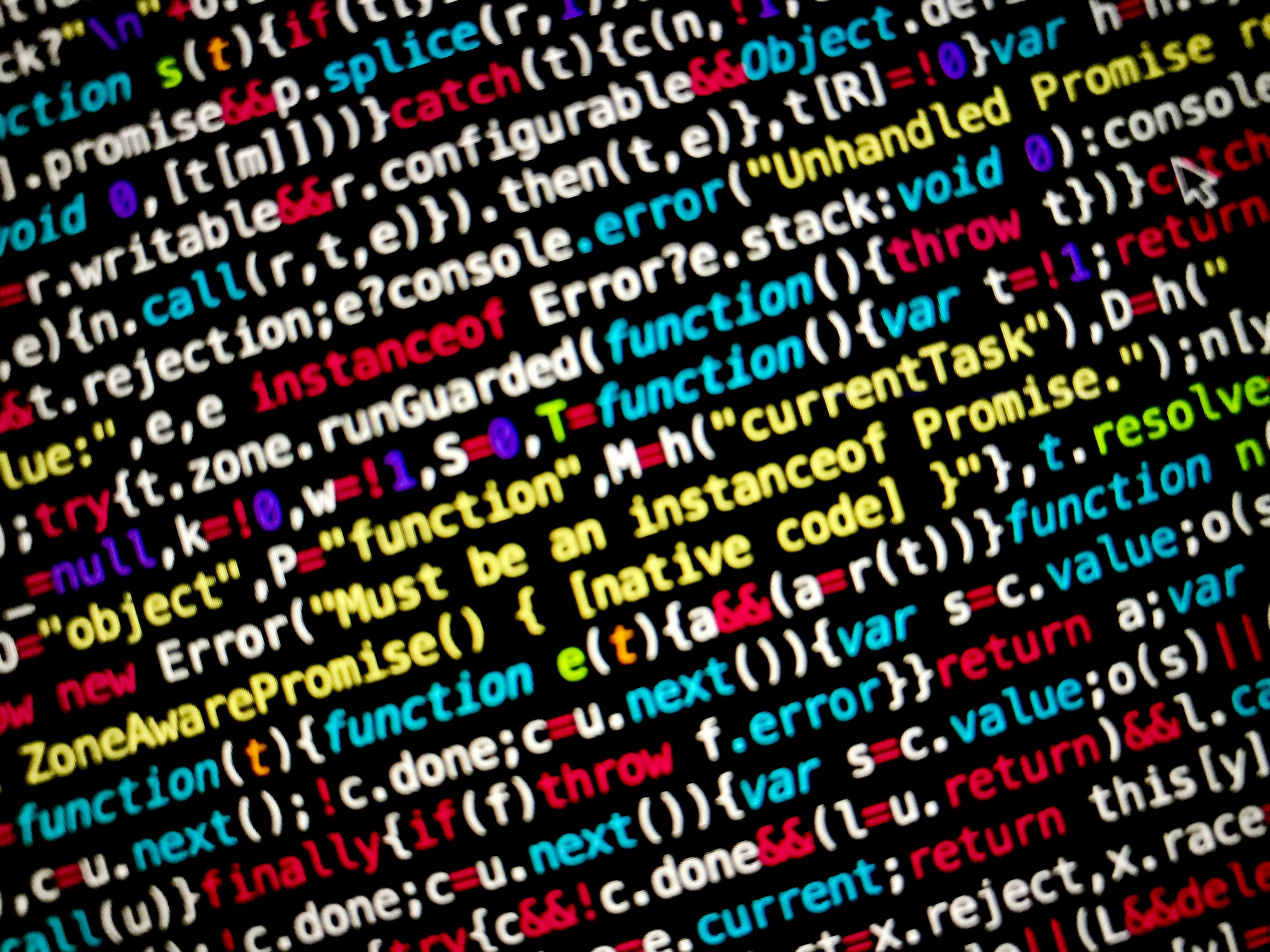Probability and Statistical Inference via Bayesian Approach
Bayesian Statistics Adjusts Prior Beliefs with New Data, Aiding Informed Decisions Under Uncertainty
Bayesian statistics is a probabilistic method that updates prior beliefs based on new data through Bayes' theorem. This approach enables more reliable decision-making under uncertainty by providing a mathematical framework for handling and minimizing uncertainty.
To grasp how Bayesian updating works, we need to understand three essential components:
- Prior BeliefThe prior probability serves as an existing knowledge or expectation about a hypothesis or parameter before encountering fresh data. Prior beliefs may be informative (derived from prior experience or knowledge) or vague (reflecting little prior information)[1][3].
- LikelihoodThe likelihood function quantifies the chance of observing new data given various values of the parameter or hypothesis. It measures the compatibility of data with each possible hypothesis[1][3].
- Posterior DistributionWhen the prior and the likelihood are combined using Bayes' theorem, the resulting posterior distribution represents the updated belief following the data observed. Mathematically,
[p(\theta \mid D) = \frac{p(D \mid \theta) \times p(\theta)}{p(D)}]
- Here, (p(\theta)) is the prior, (p(D \mid \theta)) is the likelihood, (p(D)) (the evidence) normalizes the distribution, and (p(\theta \mid D)) is the posterior[3].
The posterior integrates prior beliefs with data, revising or sharpening uncertainty about the parameter.
By continuously adapting beliefs as new data emerge, Bayesian inference empowers informed decisions. Key benefits of this approach include:
- Dynamic Belief Updating: Bayesian inference updates beliefs iteratively, allowing decision-makers to incorporate new information as it becomes available rather than adhering to fixed assumptions.
- Quantified Uncertainty: Bayesian methods report posterior distributions, allowing for a more nuanced understanding of uncertainty surrounding parameters, hence enhancing risk assessment and prediction accuracy.
- Informed Decisions: The posterior distribution informs predictions, classifications, or decisions by summarizing the current state of knowledge, including both prior beliefs and observed data.
- Flexibility: Bayesian methods seamlessly accommodate various data sources and prior expertise, making them particularly valuable in challenging or data-scarce domains such as medical diagnosis or predictive analytics[5].
To illustrate, consider the example of a coin flip. If we initially assume the coin is fair (prior: 50% heads), new evidence (e.g., 7 heads in 10 flips) updates this belief through the likelihood of those outcomes under different fairness levels. The posterior belief reflects revised confidence in a biased coin, growing more accurate as additional flips occur[5].
Another example is medical diagnosis where a prior disease prevalence of 1% can be updated based on a positive test with known accuracy. The posterior probability, integrating both prior rarity and test performance, aids clinicians in making more accurate decisions than relying on the test result alone[5].
In summary, Bayesian statistics intelligently addresses uncertainty by updating prior beliefs with new evidence through a rigorous probabilistic framework[1][3][5], thereby enabling more effective, data-driven decisions under uncertainty.
[1] Bayesian Linear Regression. (n.d.). Retrieved from https://towardsdatascience.com/bayesian-linear-regression-understanding-the-bayesian-framework-for-regression-analysis-in-python-8649690a8b0f
[3] Bayesian Statistics and Probability. (n.d.). Retrieved from https://towardsdatascience.com/bayesian-statistics-probability-what-is-it-why-do-we-need-it-580b6eddfe25
[5] Bousquet, O. (2015, March 03). Bayesian and Frequentist Statistics. Retrieved from https://www2.imm.dtu.dk/~bousquet/StatBook/
[unlabeled]Data Science, Mathematics, AI-ML-DS, Statistics, Data Science.
- Bayesian statistics, often applied in disciplines like math, science, health-and-wellness, and therapies-and-treatments, provides a mathematical framework for updating prior beliefs with new data, making informed decisions more effective under uncertainty.
- For instance, medical science can leverage Bayesian updating to revise prior assumptions about disease occurrence with new data, leading to more accurate diagnoses and ultimately improved health-and-wellness outcomes.




